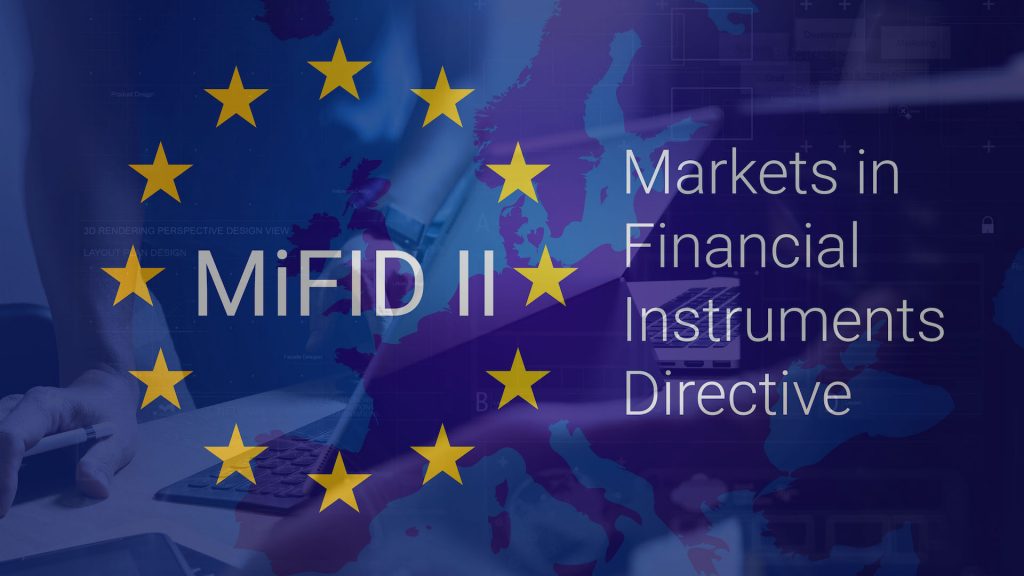Key Takeaway
One of the more significant online breadcrumbs to watch is new or upcoming policy and regulation changes that might impact a business. New changes to MiFID in the EU requires more transparency in terms of research conducted by financial organizations who are investing on behalf of clients. What might this mean for the data analysis and AI strategies these firms are beginning to rely on?
In January, the EU revised its Markets in Financial Instruments Directive (MiFID), the framework of European Union (EU) legislation for financial instruments, to include even more protections for investors in an attempt to prevent another financial crisis.
MiFID II includes a number of requirements for financial firms as a way of offering greater protection for investors and injecting more transparency into asset classes. But some of these new regulations will also have an impact on investments in AI and external data.
MiFID II essentially says that firms who invest on behalf of clients need to either be much clearer about what they are charging their clients for when it comes to third-party research, or else absorb the cost of research themselves.
Before these regulations came into effect, many buy-side firms (i.e. mutual funds, pension funds, hedge funds, private equity firms, trusts, insurance companies and traders) would purchase research from investment banks and other third parties, and were not required to disclose details around about what they were doing with it and where the information came from. They would then pass on the cost of that research to clients.
The requirement to be transparent about this practice is seen as potentially damaging to buy-side firms’ value proposition. According to a new study released by Greenwich Associates and Thomson Reuters, 50% of respondents believe buy-sides will rely less on investment banks for research services going forward.
Cue AI and external data (also known as “alternative data” in the financial industry). If funds are going to start bringing their research in-house, this opens up a tremendous opportunity for innovation.
As is demonstrated by the fast-paced growth seen in this industry, there is growing interest in building proprietary models that use some of the “online breadcrumbs” that are left behind by companies to predict asset performance.
Some alternative data types currently being explored include:

News media
Predicting both commodity and stock prices by keeping a pulse on the stories driving the media

Credit card transaction data
Anticipating earnings announcements by measuring company sales

Satellite and weather data
Using images to see how full carparks are outside shops, the paths of oil tankers, or where executives’ private planes are parked

Job postings
Understanding where and how quickly companies are investing in human resources

Company website data
Monitoring changes in a company’s executive board or new product launches

Search data
Learning what keywords people are searching for in order to predict consumer behaviour

Online advertising data
Understanding what advertising keywords companies are investing in, in order to predict company strategy

App review data
Predicting customer retention and engagement rates

Social sentiment data
Getting real time customer feedback in response to changes in the market
The amount of data available to analyse is enormous and growing. That’s where AI is required in order to:
- Aggregate the data
- Enrich the data
- Apply machine learning to identify patterns
- Package the patterns into insights that are easy to understand
There appears to be a growing appetite for this kind of analysis: the Greenwich report says that 56% of institutional investors expect to increase the level of artificial intelligence integration with the investment process, and 40% expect to increase their budgets for AI.
With only 17% of firms currently using AI like machine learning and NLP to analyse data, this is a fantastic opportunity for “first movers” in this space to outperform competitors and present clients with unique, groundbreaking models.
The innovation race is on!

